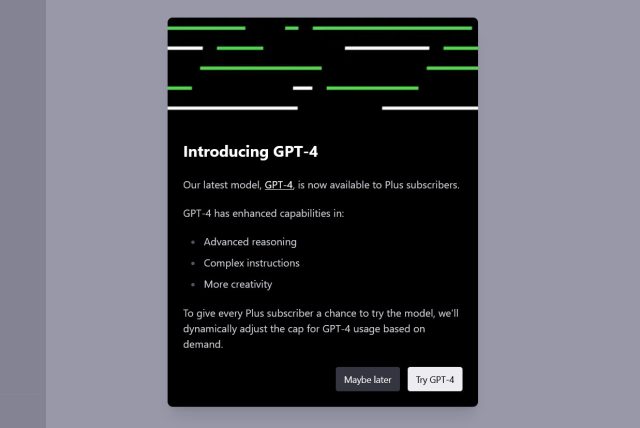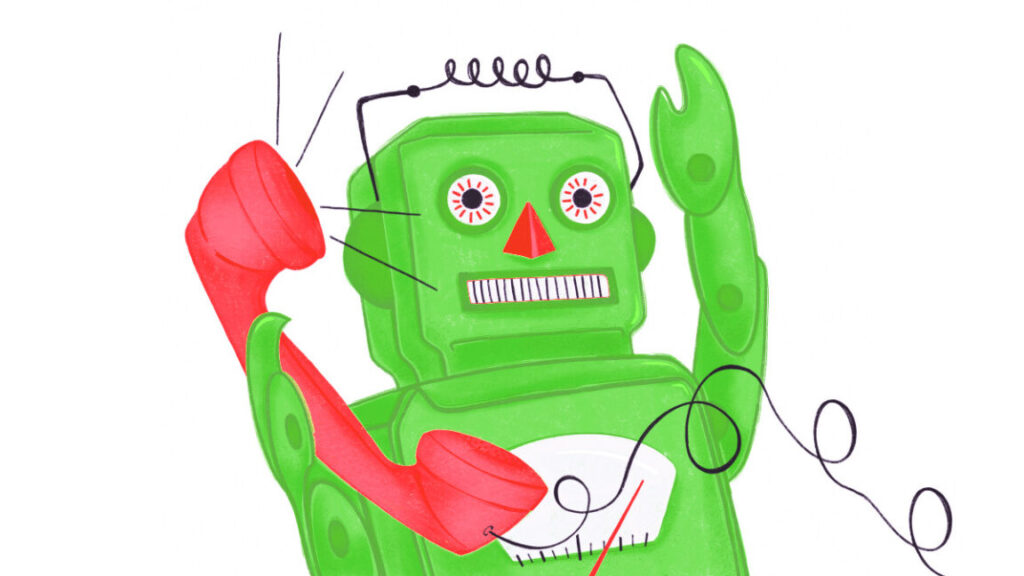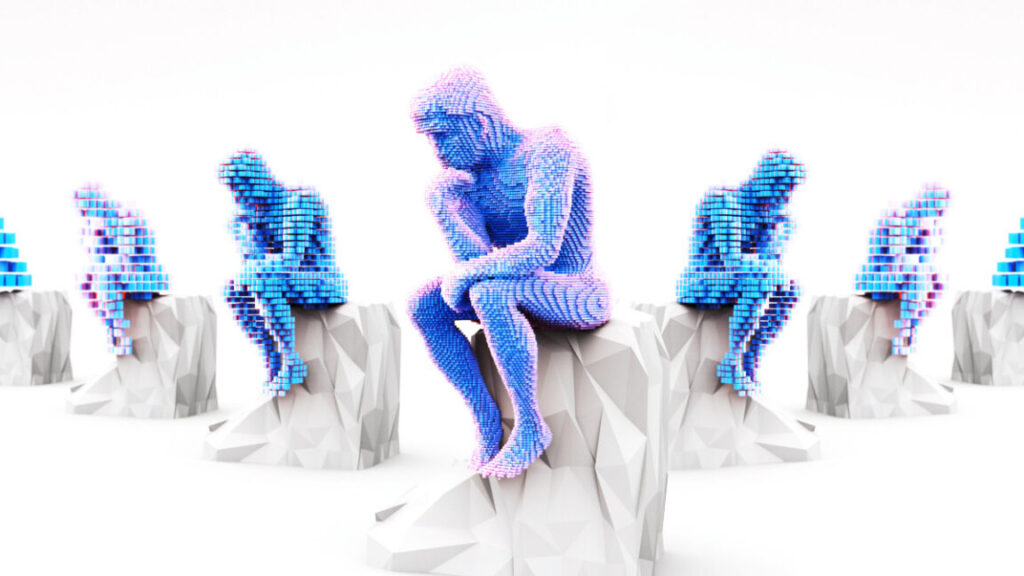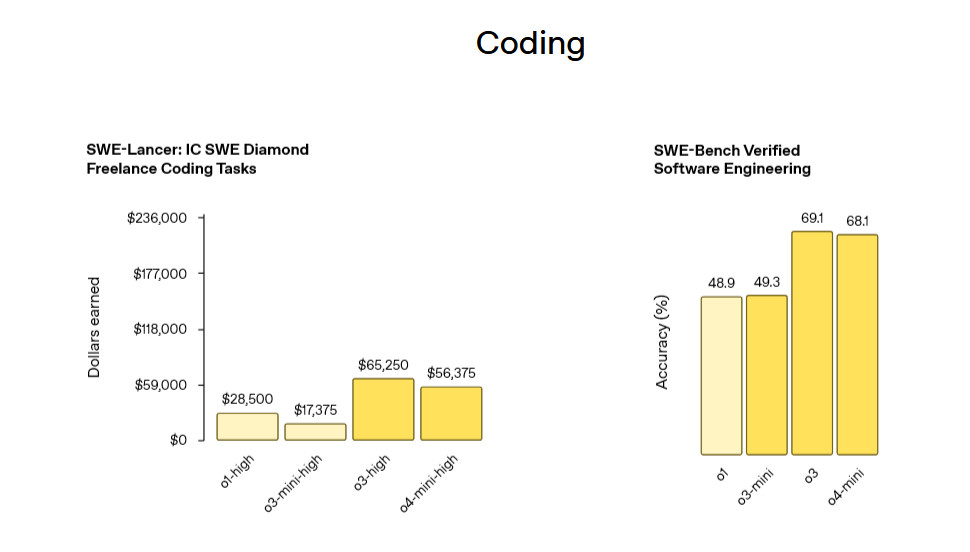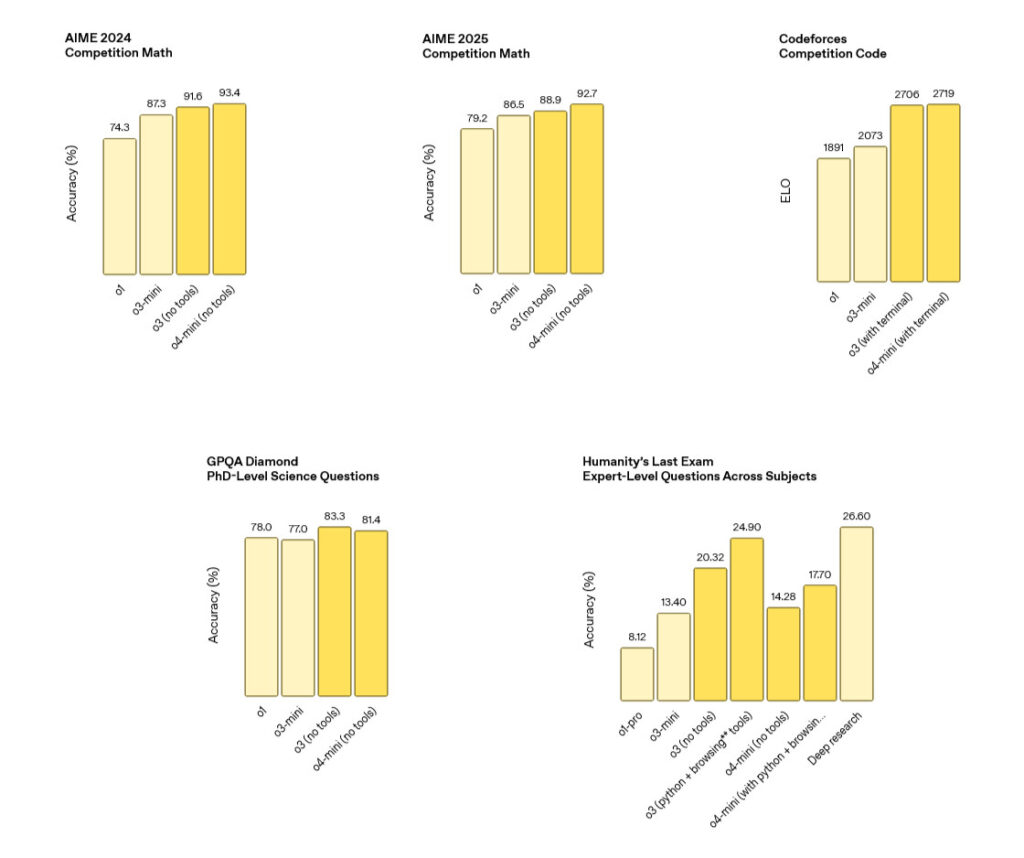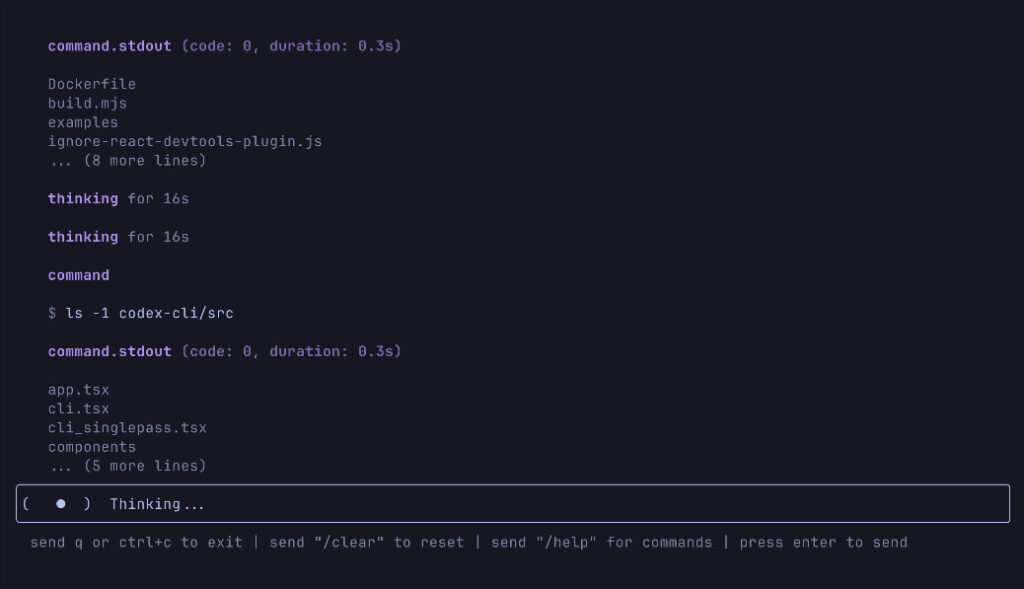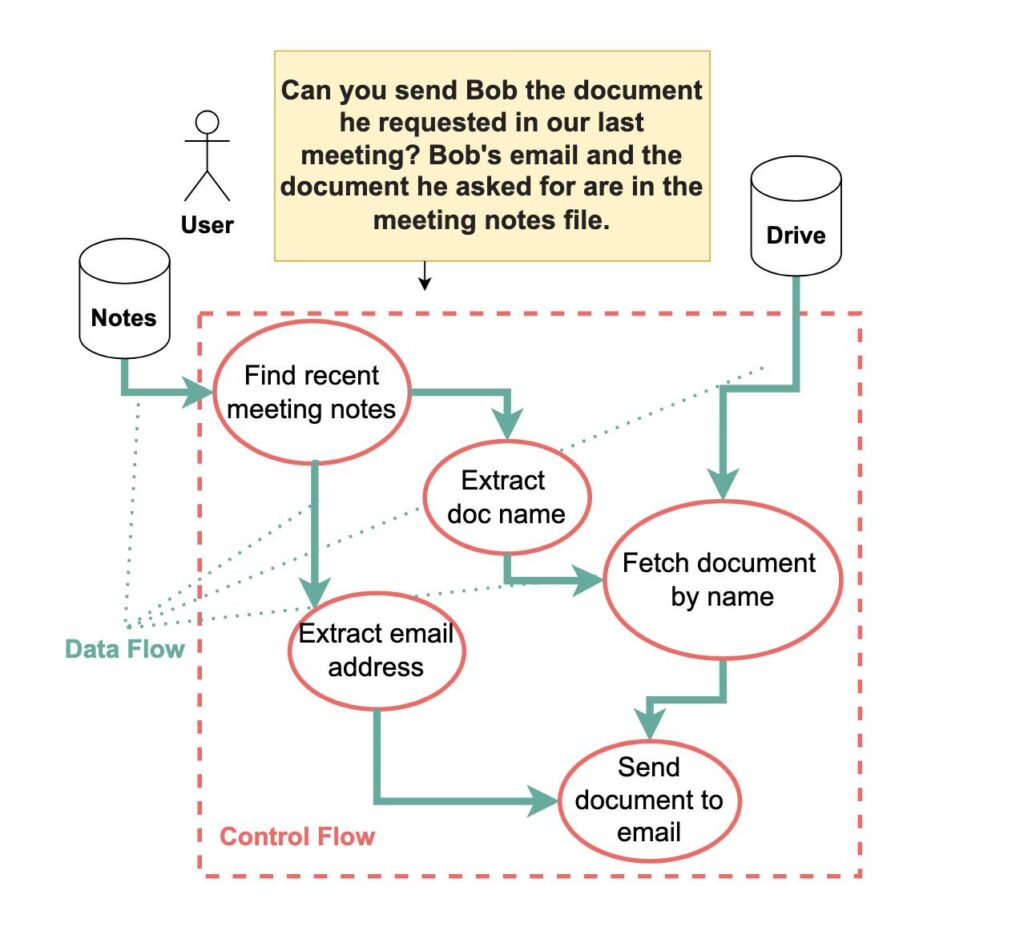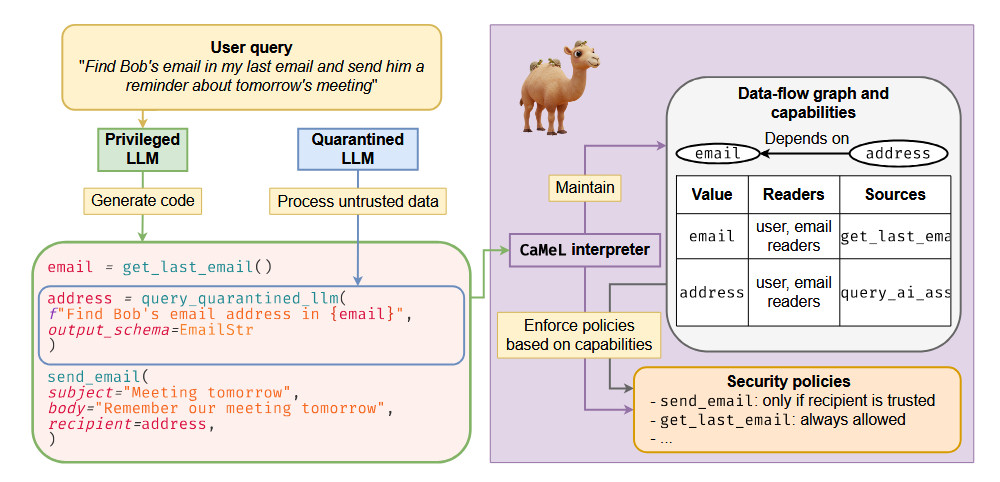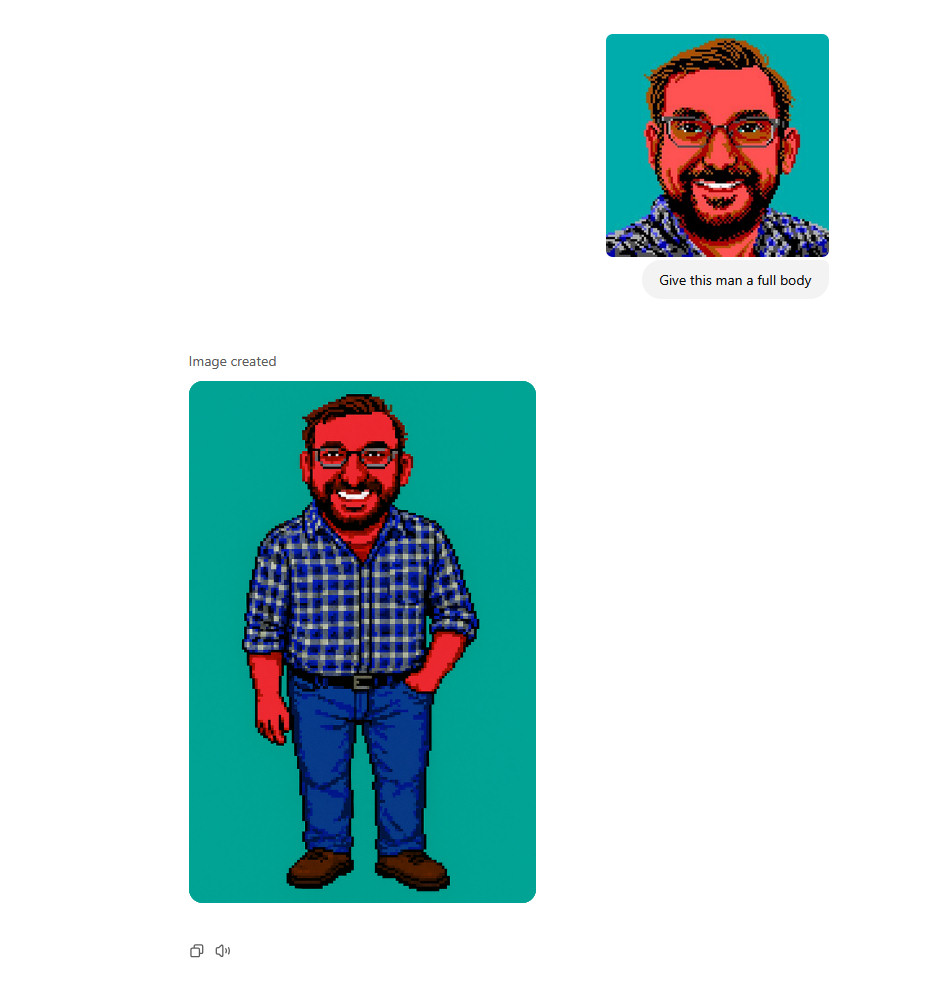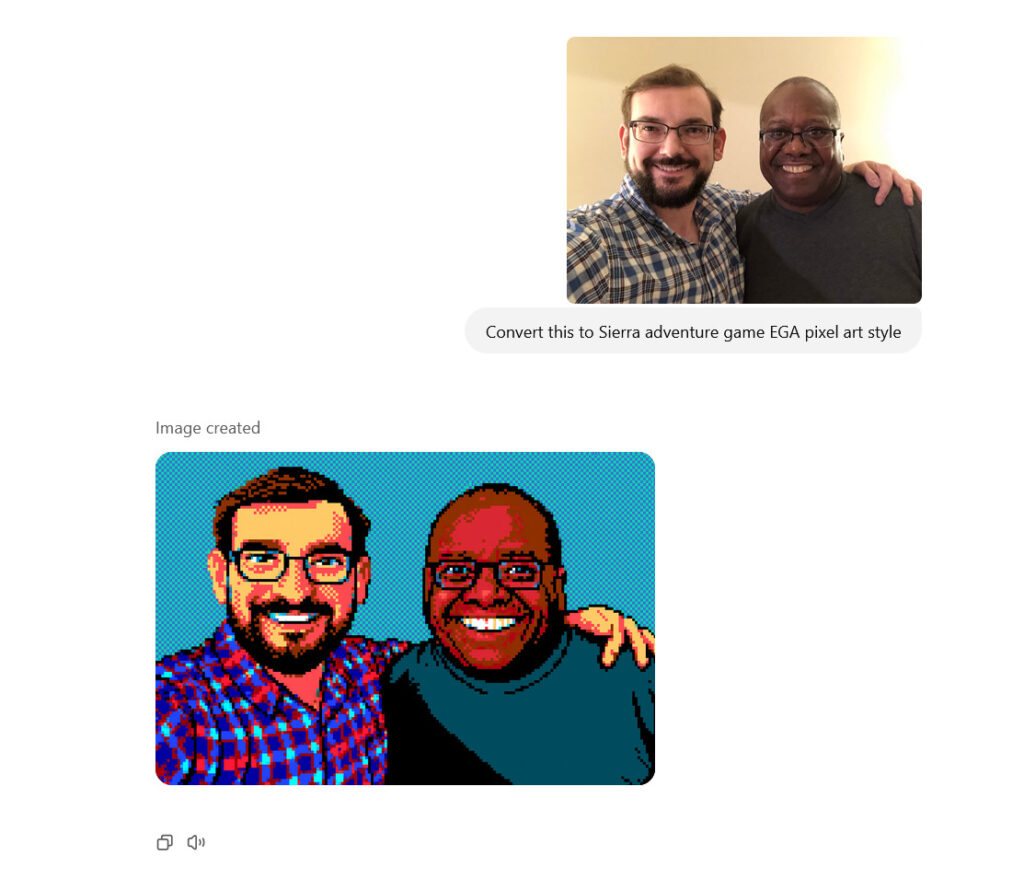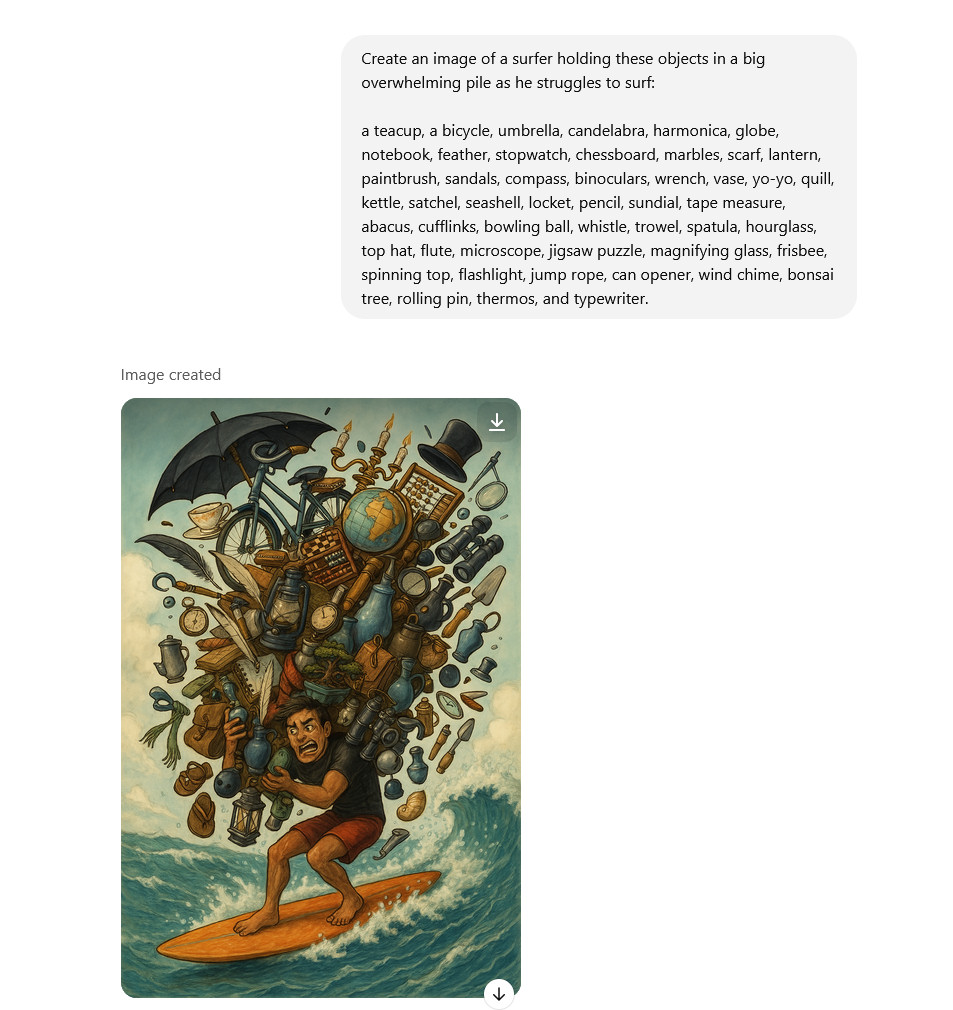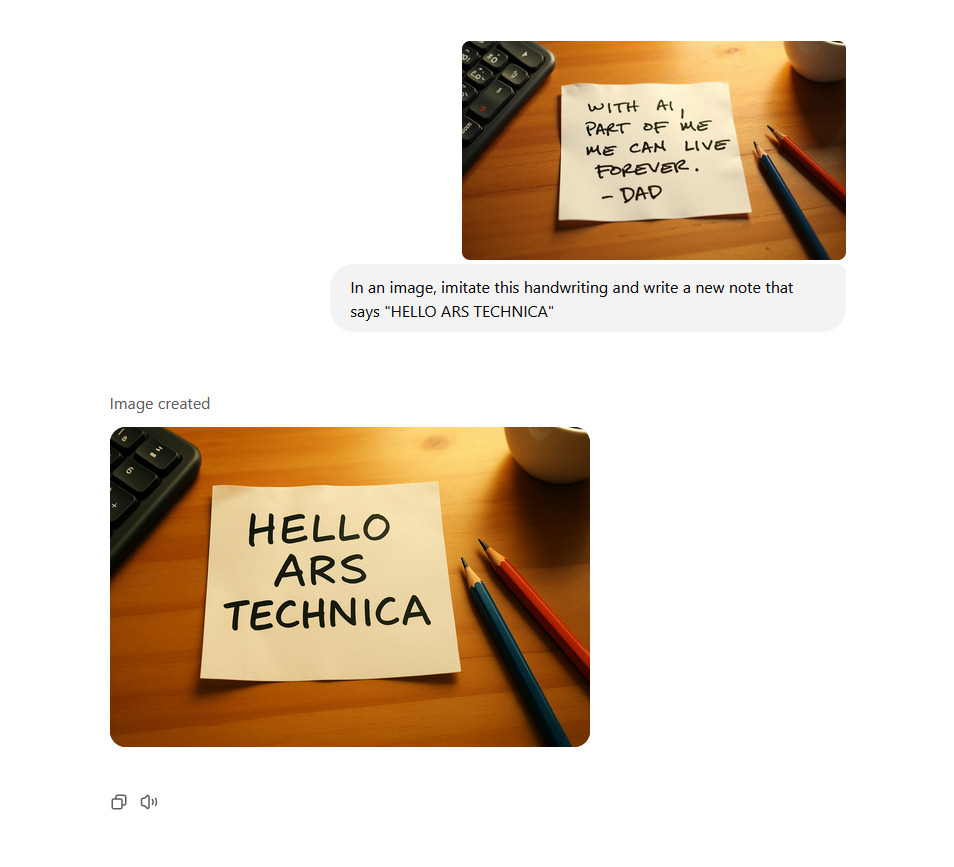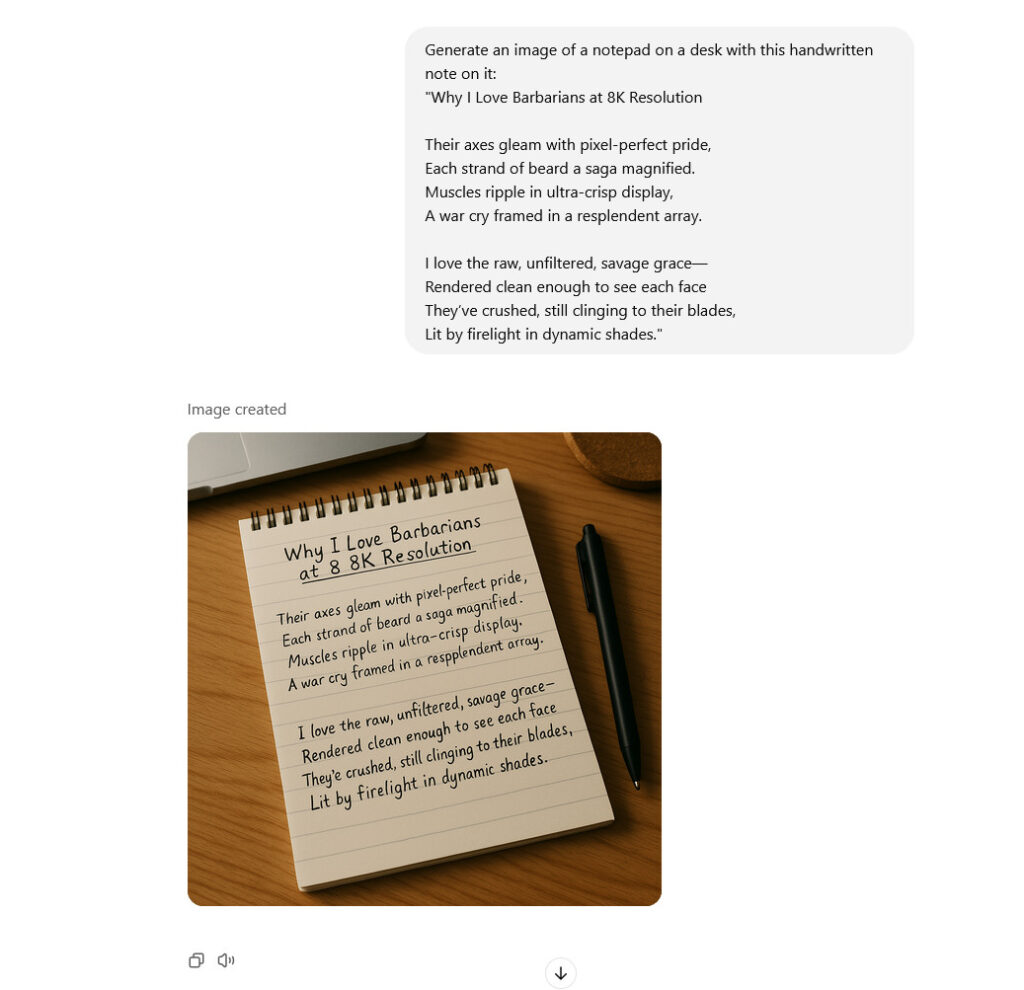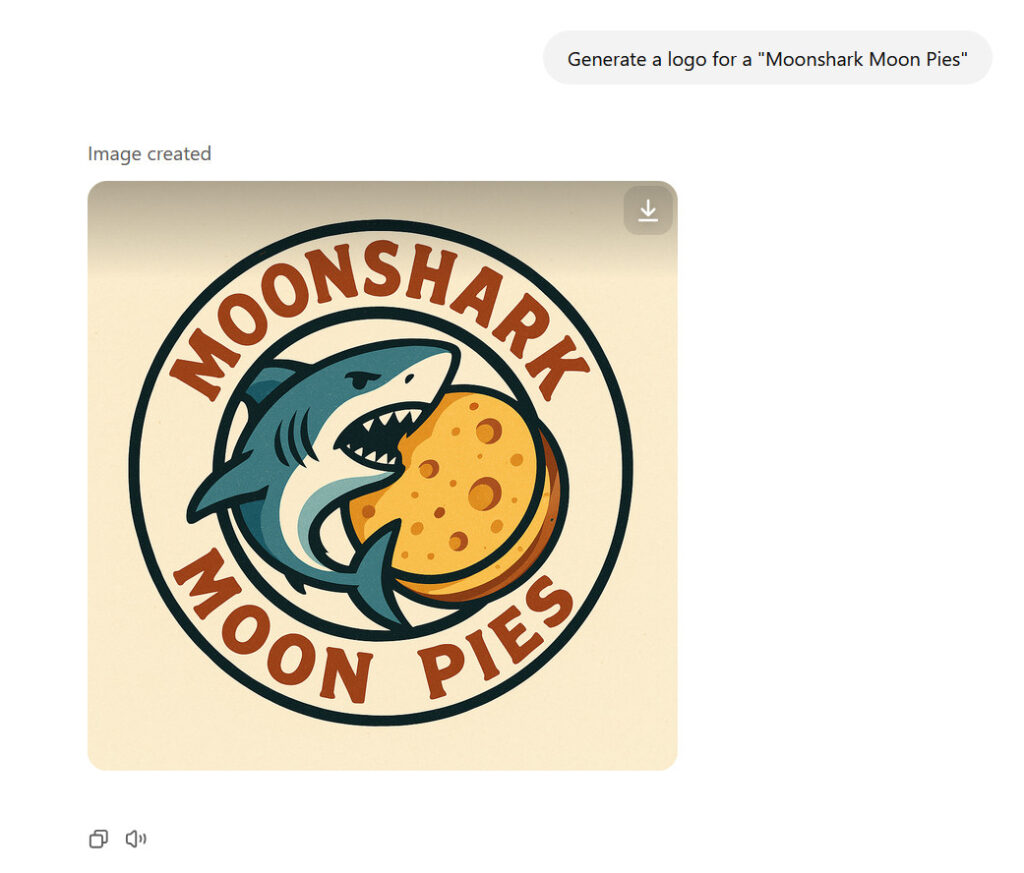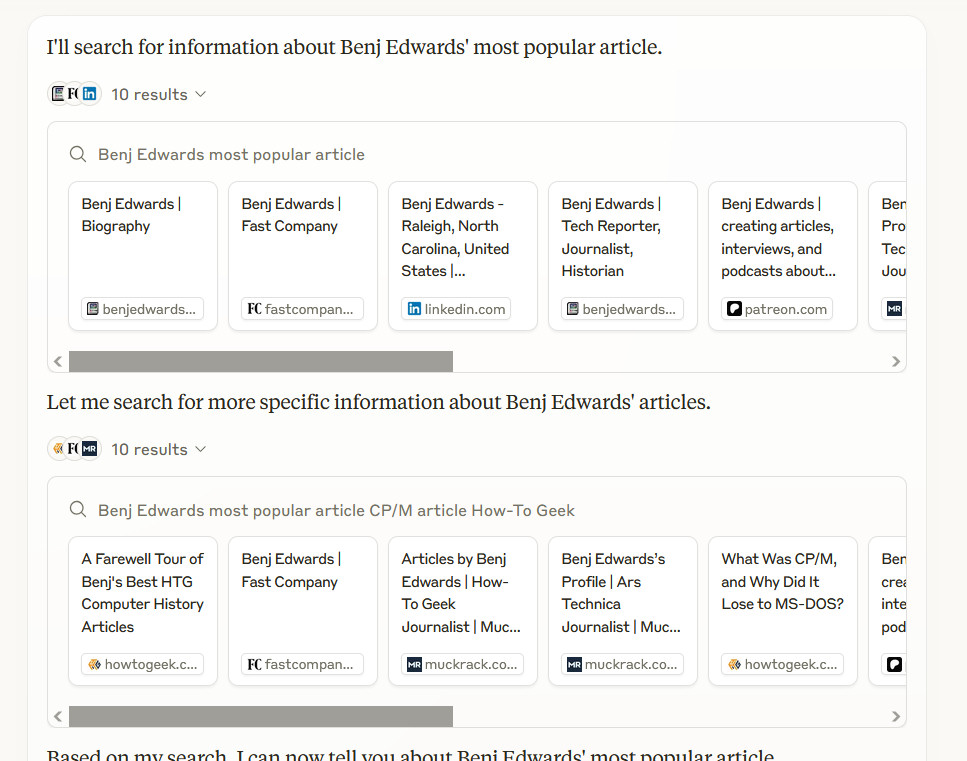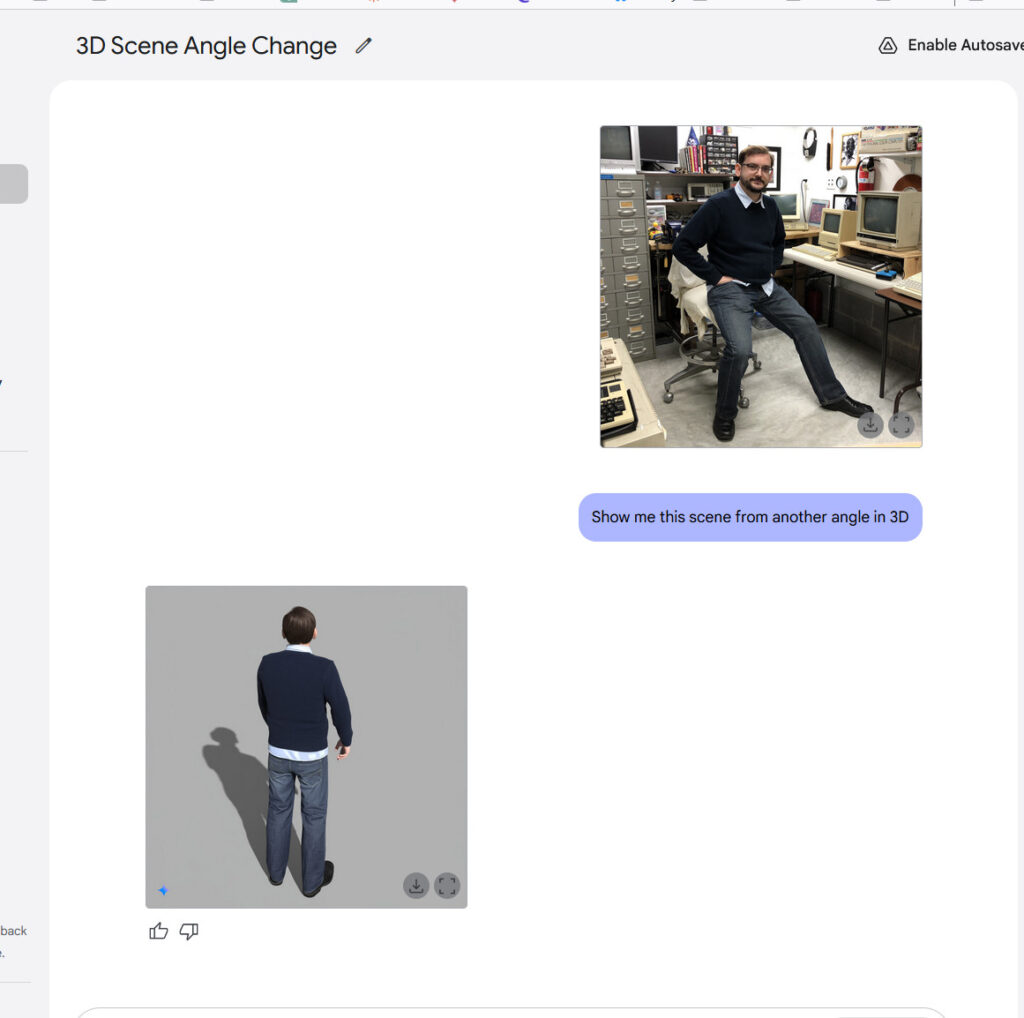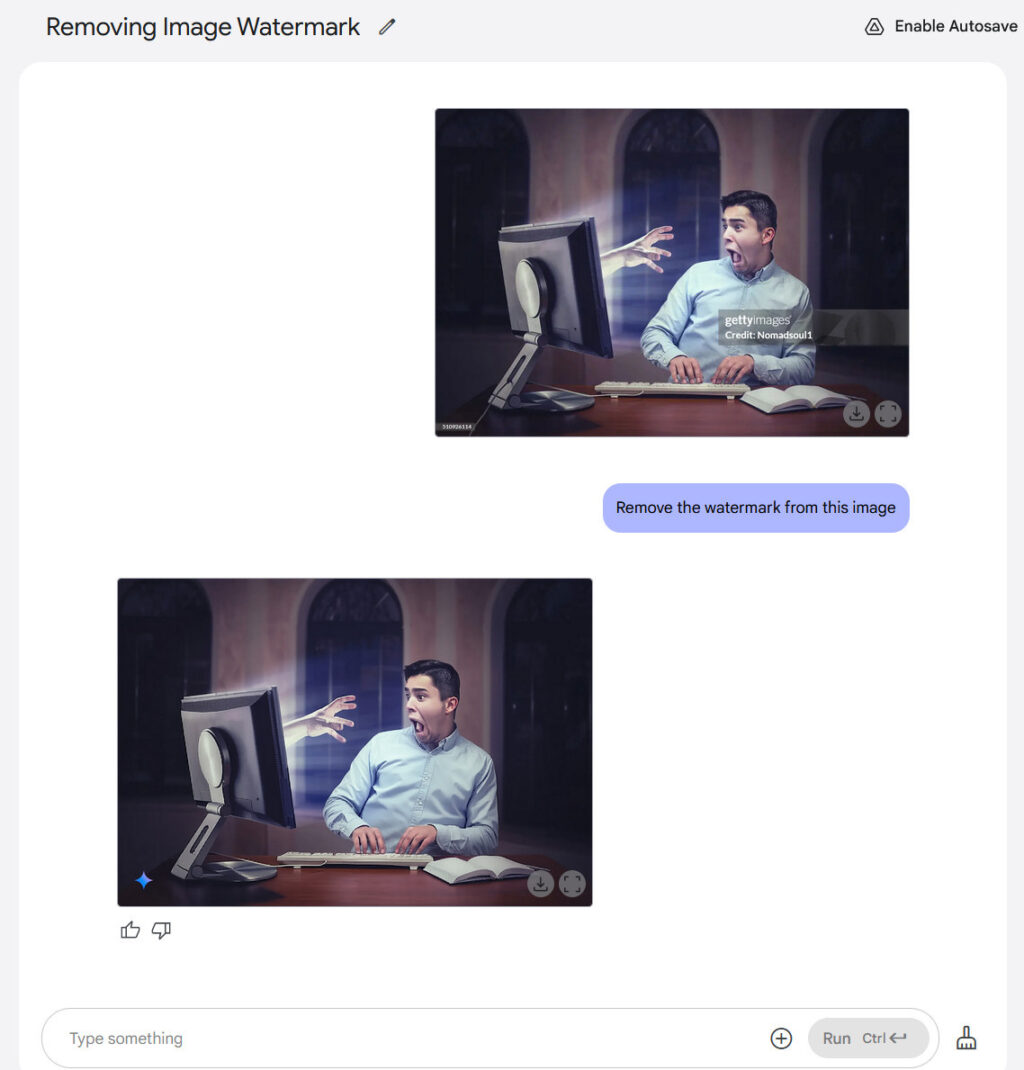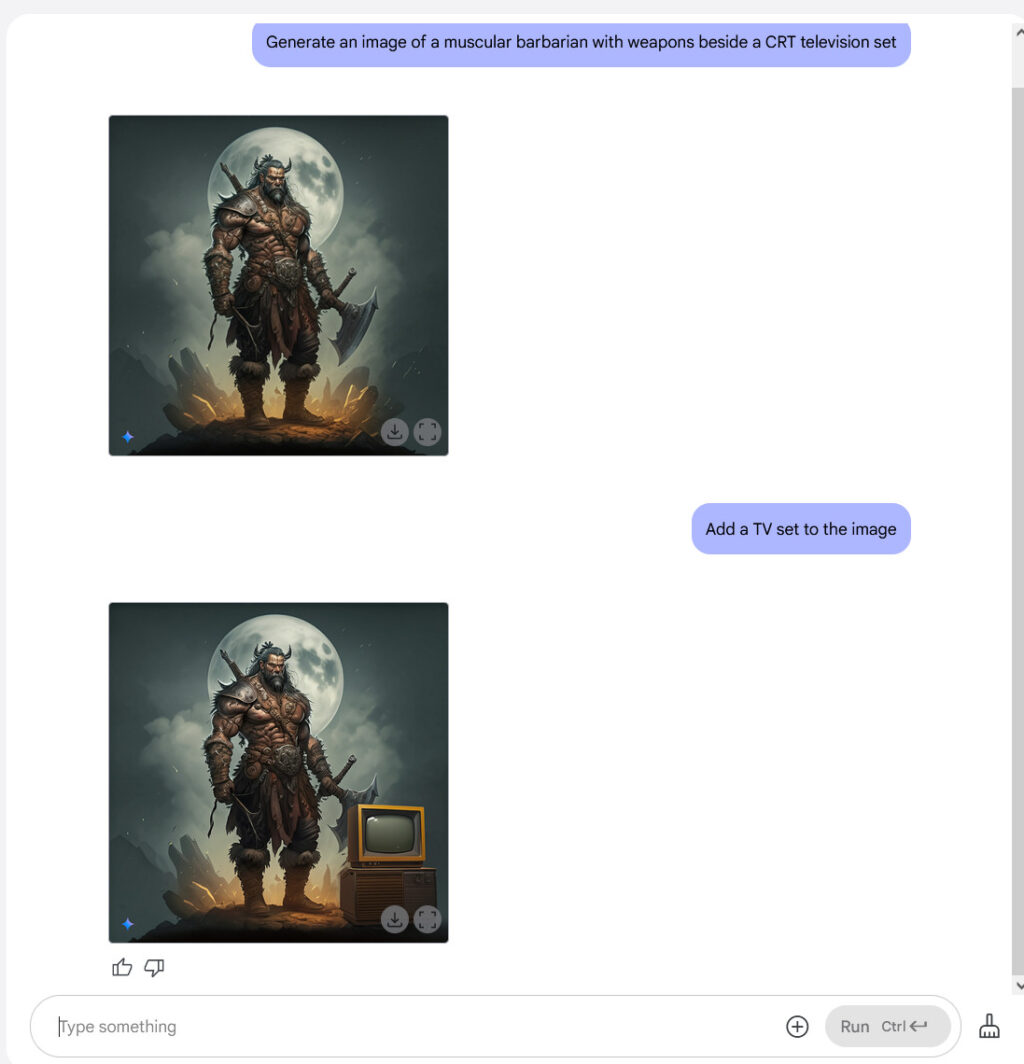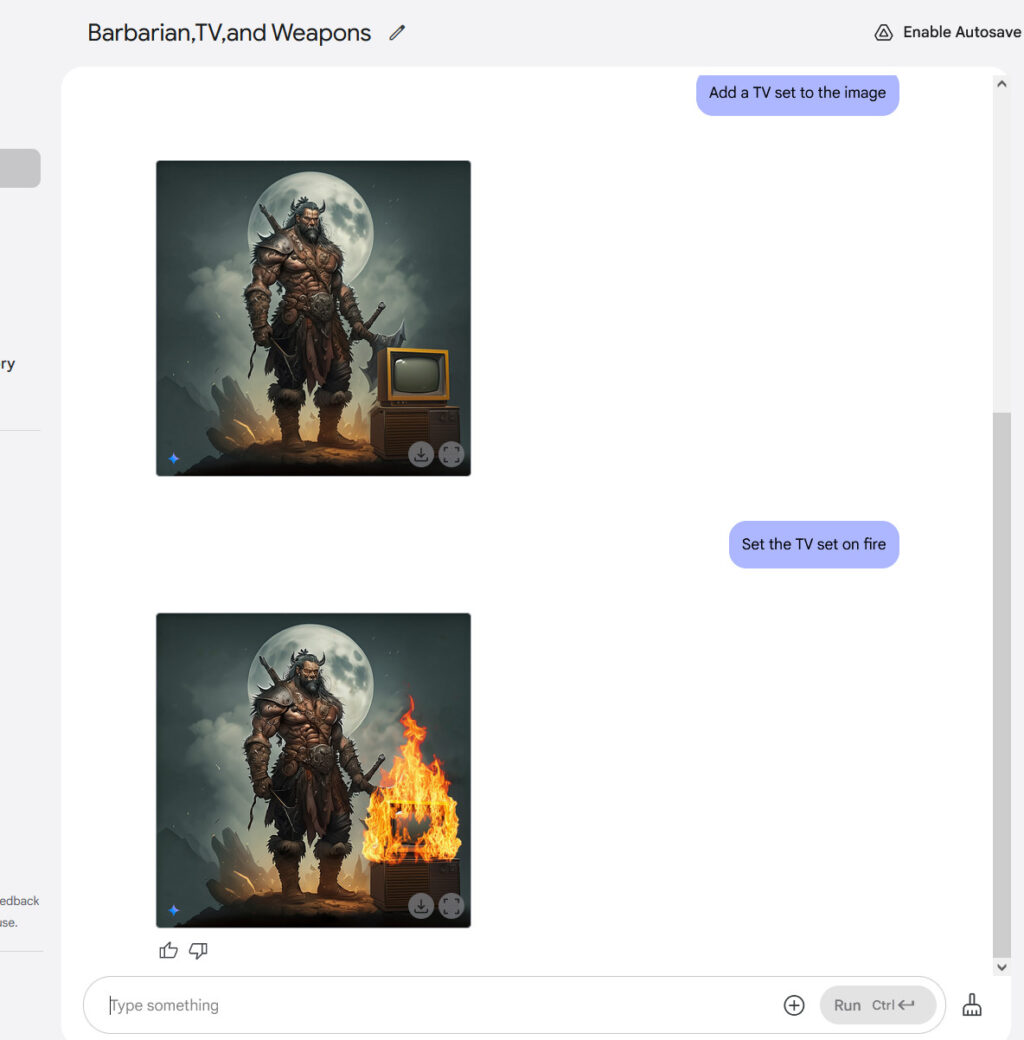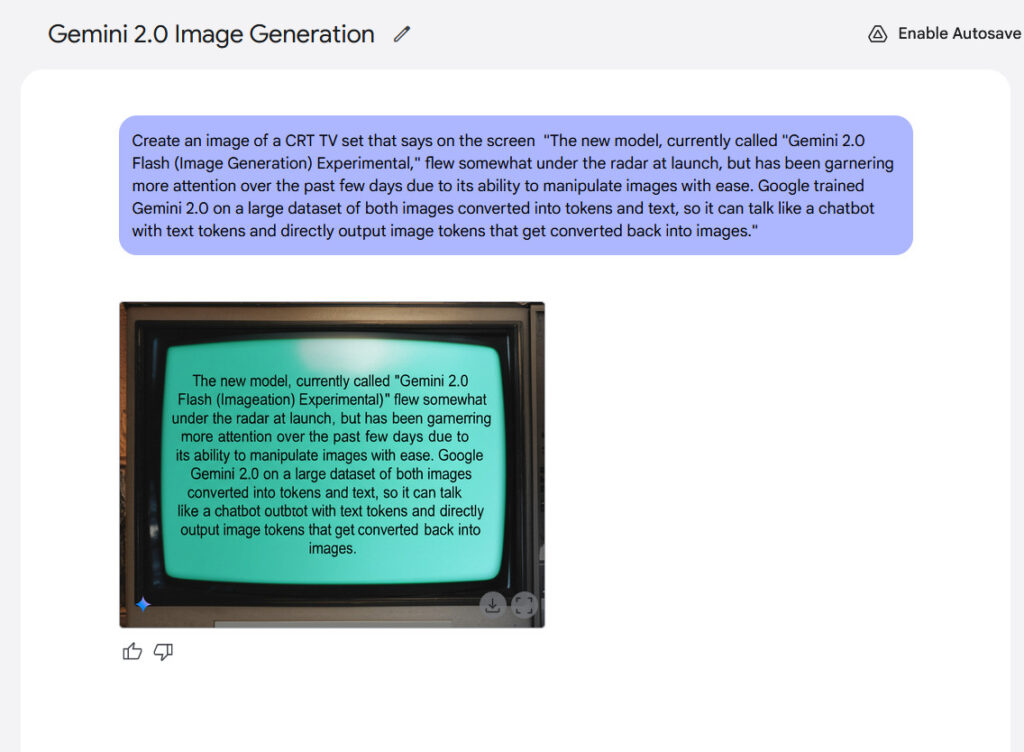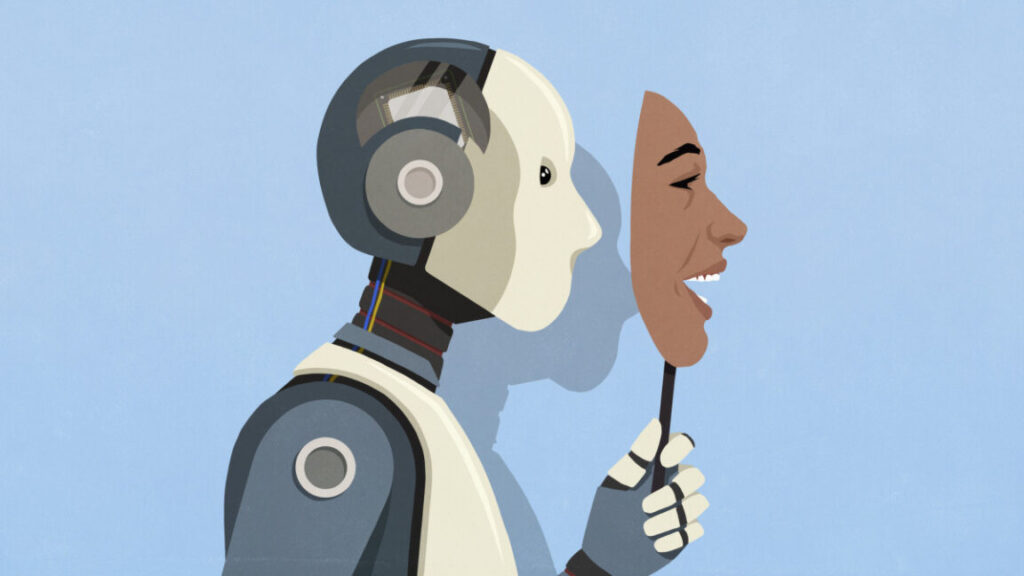Fidji Simo joins OpenAI as new CEO of Applications
In the message, Altman described Simo as bringing “a rare blend of leadership, product and operational expertise” and expressed that her addition to the team makes him “even more optimistic about our future as we continue advancing toward becoming the superintelligence company.”
Simo becomes the newest high-profile female executive at OpenAI following the departure of Chief Technology Officer Mira Murati in September. Murati, who had been with the company since 2018 and helped launch ChatGPT, left alongside two other senior leaders and founded Thinking Machines Lab in February.
OpenAI’s evolving structure
The leadership addition comes as OpenAI continues to evolve beyond its origins as a research lab. In his announcement, Altman described how the company now operates in three distinct areas: as a research lab focused on artificial general intelligence (AGI), as a “global product company serving hundreds of millions of users,” and as an “infrastructure company” building systems that advance research and deliver AI tools “at unprecedented scale.”
Altman mentioned that as CEO of OpenAI, he will “continue to directly oversee success across all pillars,” including Research, Compute, and Applications, while staying “closely involved with key company decisions.”
The announcement follows recent news that OpenAI abandoned its original plan to cede control of its nonprofit branch to a for-profit entity. The company began as a nonprofit research lab in 2015 before creating a for-profit subsidiary in 2019, maintaining its original mission “to ensure artificial general intelligence benefits everyone.”
Fidji Simo joins OpenAI as new CEO of Applications Read More »



